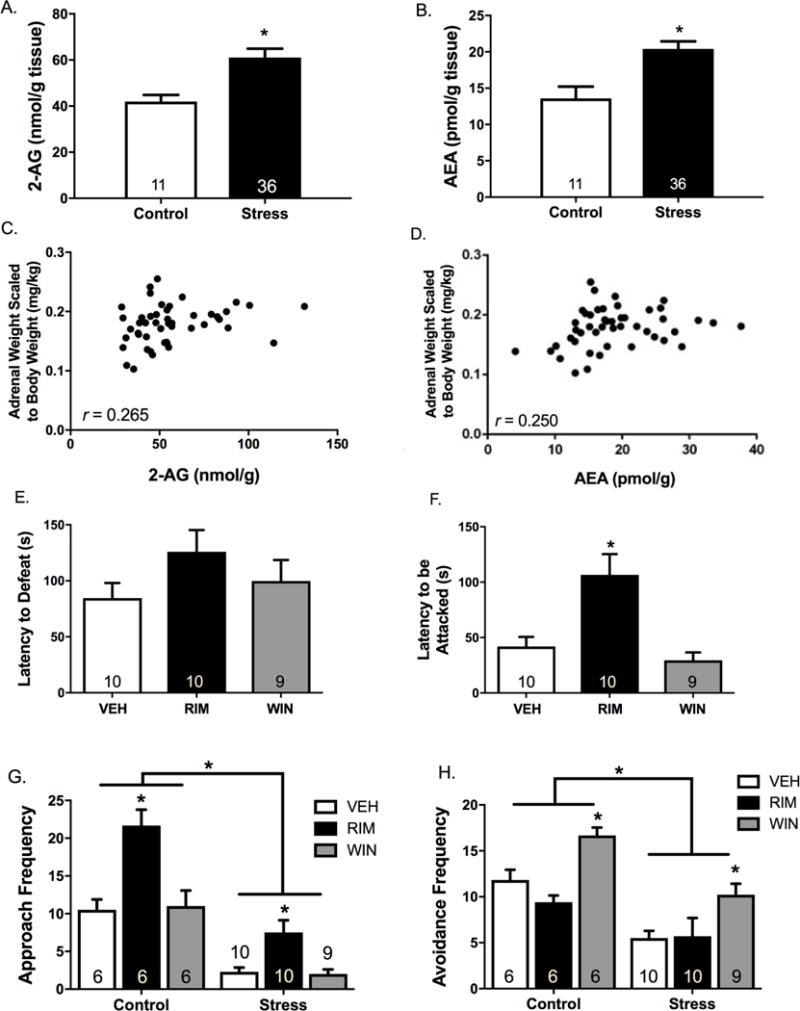Figure 8. Local manipulation of type-1 cannabinoid receptors (CB1R) in the lateral habenula (LHb) dictates coping strategies in chronically stressed male rats.

Male rats were exposed to seven days of social defeat stress (SDS), and LHb tissue was collected 24 hr after the final defeat episode (under stress free conditions). SDS exposure significantly increased (A) 2-arachidonoylglycerol (2-AG) (F1,45=10.74, p=0.002, ηp2 =0.19) and (B) anandamide (AEA) (F1,45=6.57, p=0.01, ηp2 =0.13) content compared to non-stressed rats. Both (C) 2-AG and (D) AEA content were positively correlated with scaled adrenal weights (2-AG: r=0.27, p=0.04; AEA: r=0.25, p=0.05). A separate cohort of rats was implanted with bilateral cannula aimed at the LHb and the CB1R agonist WIN 55212-2 (WIN), the CB1R antagonist rimonabant (RIM), or vehicle (VEH) were administered 15 min prior to the final SDS episode. There was no effect of treatment on (E) the latency to defeat (F2,26=1.50, p=0.24, ηp2=0.10), however, there was a significant effect of treatment on (F) the latency to be attacked (F2,26=10.20, p=0.001, ηp2=0.44). Post-hoc analyses confirmed that intra-LHb RIM administration significantly increased the latency to be attacked compared to VEH (t18=−3.11, p=0.01, d=1.42), while intra-LHb WIN administration failed to significantly affect the latency to be attacked (t17=1.10, p=0.29, d=0.50). (G) Additionally, RIM-treated animals engaged in significantly more approach behaviors during the SDS episode compared to VEH-treated animals (t18=−3.65, p=0.002, d=1.63), while WIN-treated animals were not significantly different from VEH (t17=0.36, p=0.72, d=0.17). The same effect was also observed in non-stressed rats interacting with a non-aggressive conspecific (t10=−4.69, p=0.001, d=2.64), whereas WIN-treated rats did not differ significantly from VEH-treated rats with respect to the frequency of approach behaviors (t10=−0.09, p=0.93, d=0.05). (H) Intra-LHb WIN treatment significantly increased the frequency of avoidance behaviors in both SDS-exposed (t17=−3.33, p=0.004, d=1.45) and non-stressed (t10=−3.41, p=0.01, d=1.99) rats. Conversely, intra-LHb RIM treatment did not significantly affect the frequency of avoidance behaviors in SDS-exposed (t18=−1.11, p=0.29, d=0.49) or non-stressed (t10=1.11, p=0.29, d=0.63) rats. For biochemical assays, control n=11 and SDS n=36. For behavioral assays, n=6/group for control experiments and n=9-10/group for SDS experiments. * denotes significance at p<0.05.
